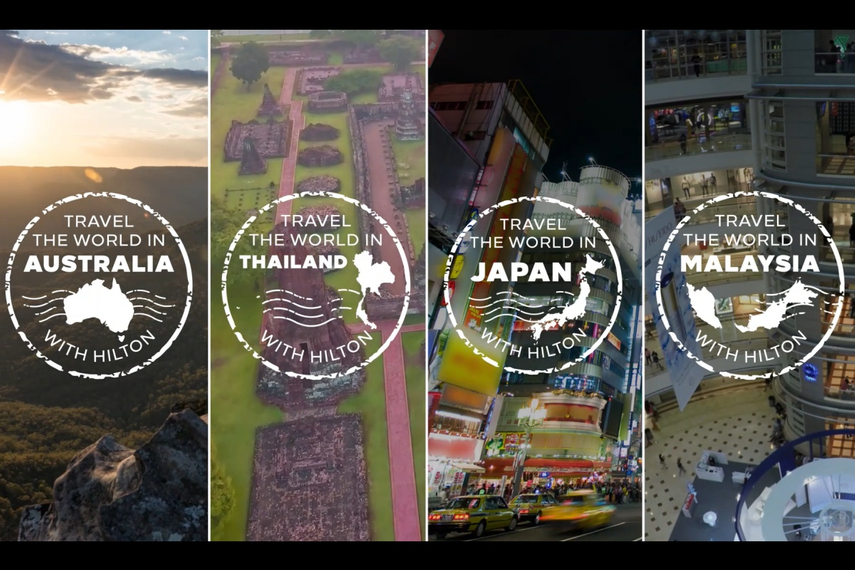
Please sign in or register
Existing users sign in here
Having trouble signing in?
Contact Customer Support at
[email protected]
or call+91 22 69489600
Campaign sentiment has shifted from dreaming of a vacation to pushing consumers to graduate from weekend trips to weeklong adventures, says Ben George the chain's senior VP and commercial director

Contact Customer Support at
[email protected]
or call+91 22 69489600
Top news, insights and analysis every weekday
Sign up for Campaign Bulletins
The partnership introduces an on-chain model for evaluating, financing and distributing entertainment IPs across key global markets.
The nationwide 13-day customer initiative is designed to introduce its latest models through immersive dealership experiences.
Sources tell Autocar and Autocar India that designer Gerry McGovern was asked to leave the firm this week.
TOP OF THE CHARTS: Global ad spend will smash the $1 trillion mark for the first time in 2026, with APAC leading at 5.4% growth amid an algorithmic revolution, according to Dentsu's latest forecast.